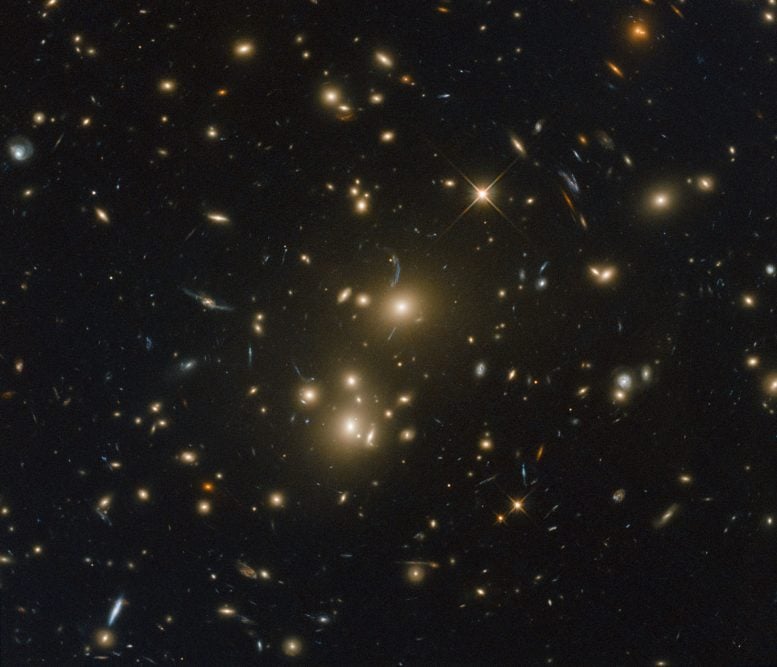
This image shows a massive galaxy cluster named RXC J0232.2-4420. RXC J0232.2-4420 is featured in a study that focused on galaxy clusters that are especially luminous sources of X-rays. Credit: ESA/Hubble & NASA, RELICS
This sparkling Picture of the Week features a massive galaxy cluster named RXC J0232.2-4420. This image was taken by Hubble’s Advanced Camera for Surveys and Wide-Field Camera 3 as part of an observing programme called RELICS (Reionization Lensing Cluster Survey). RELICS imaged 41 massive galaxy clusters with the aim of finding the brightest distant galaxies for the forthcoming NASA/ESA/CSA James Webb Space Telescope (JWST) to study.
The enormous gravitational influence of such clusters distorts the space around them in such a way that they can be used as giant cosmic lenses that magnify distant background galaxies. Studying some of the earliest galaxies in the Universe will tell us more about our cosmic origins.
RXC J0232.2-4420 also featured in a study that focused on galaxy clusters that are especially luminous sources of X-rays. The study searched for diffuse light around the brightest galaxies in the clusters, among the most massive galaxies in the Universe. This diffuse light comes from intergalactic stars strung out between the constituent galaxies of the cluster and the aim of the study was to explore various theories for the origins of these stars. One theory is that that may have been stripped from their host galaxies during mergers and interactions.

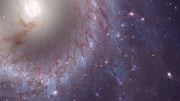
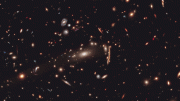
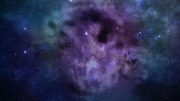
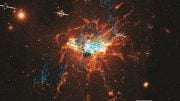
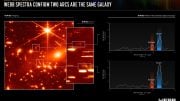
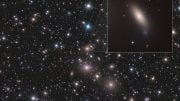
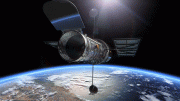
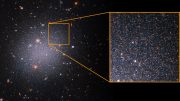
Be the first to comment on "Hubble Image of the Week – Strings of Homeless Stars"